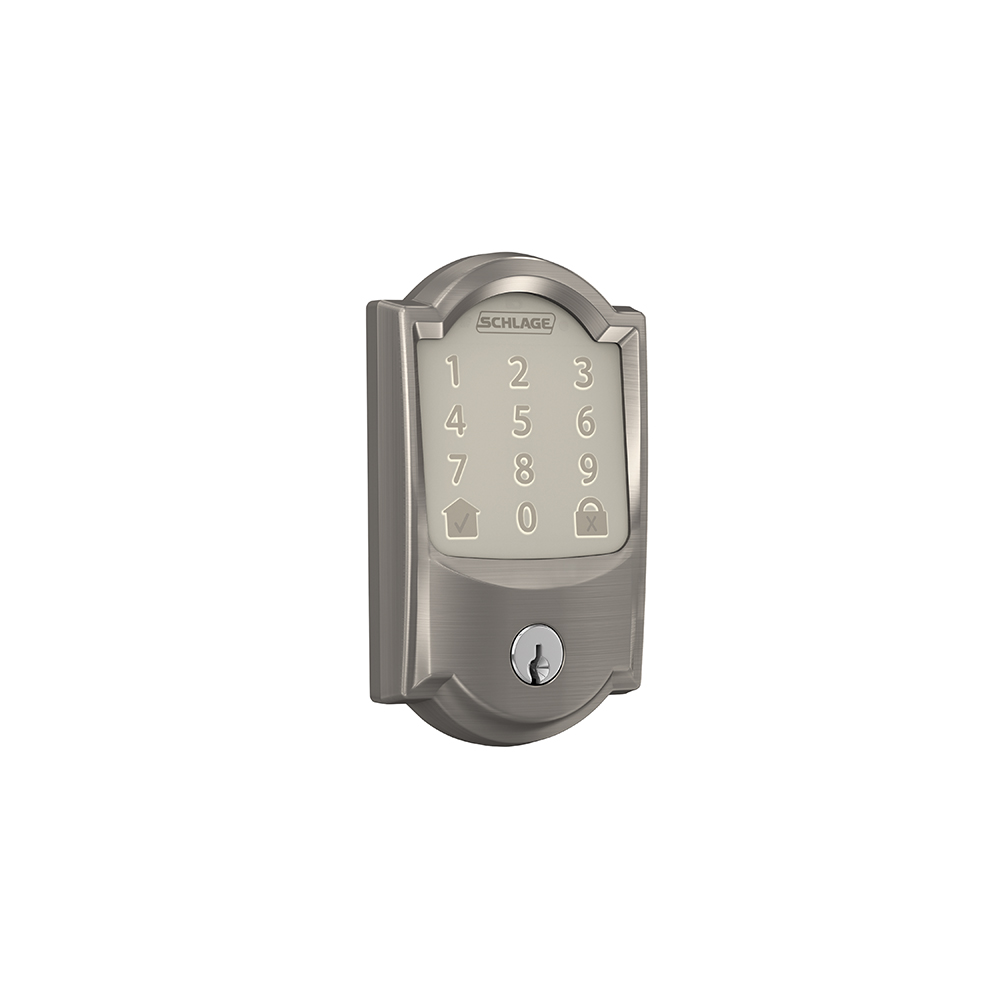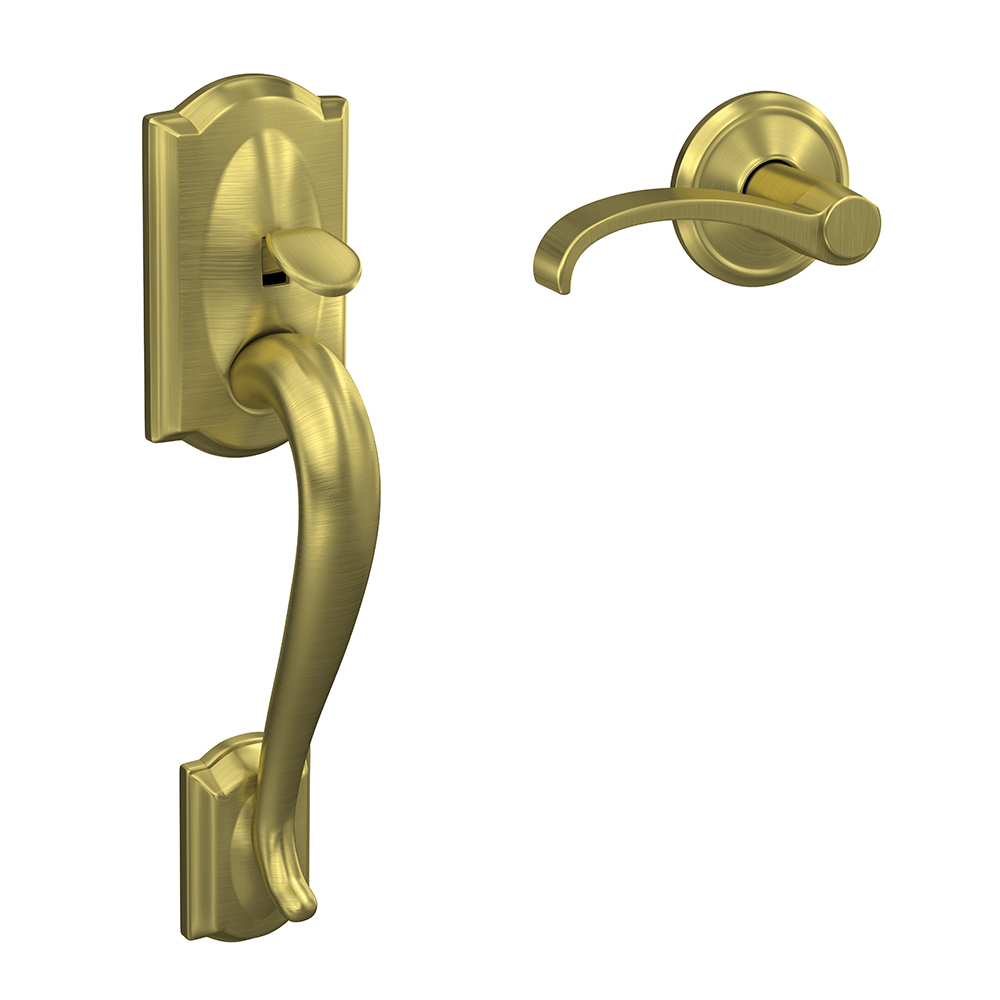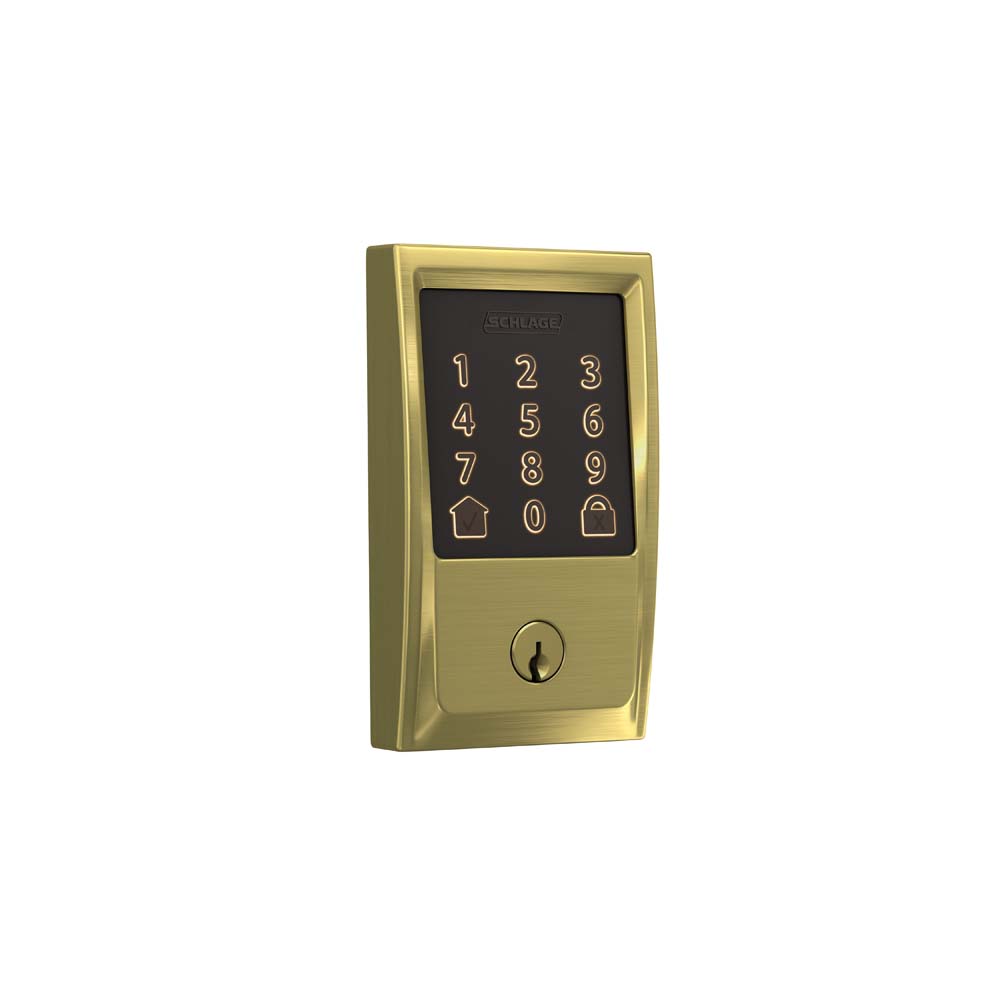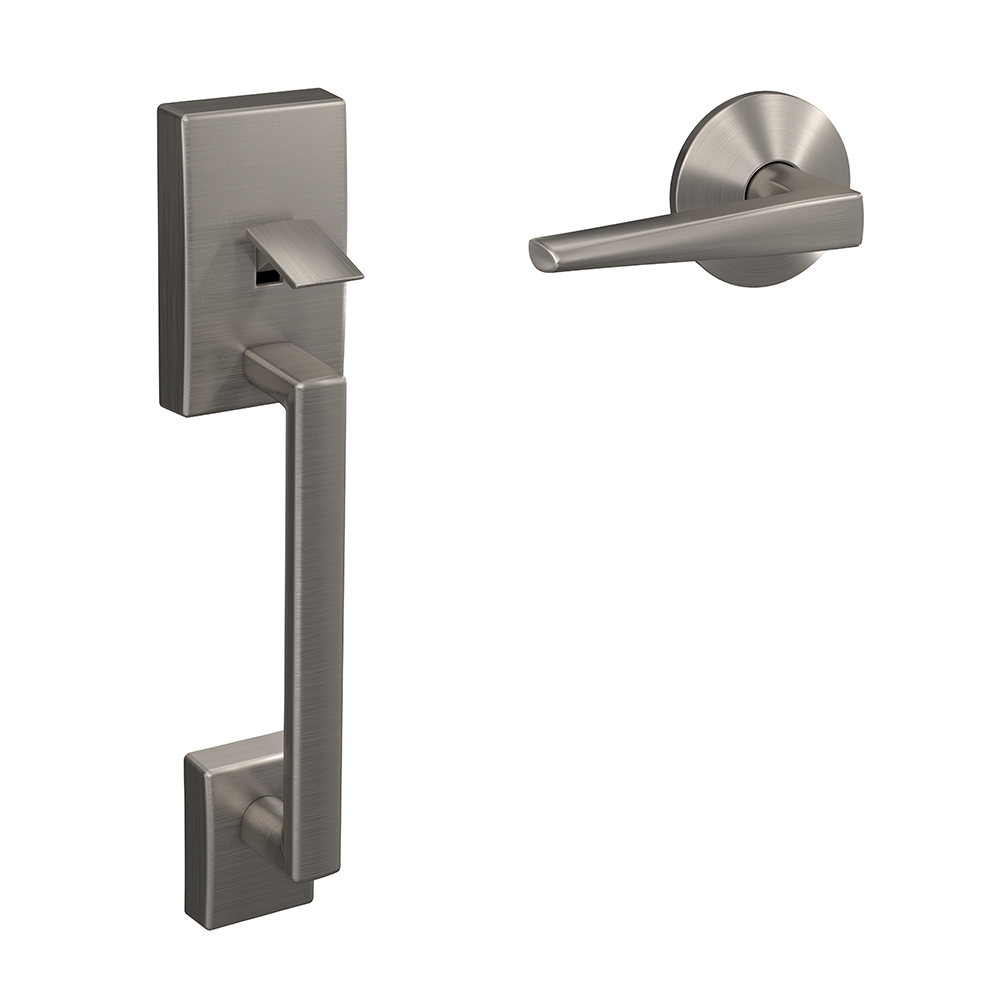When to replace door locks and other household items.
Thursday, July 28, 2022
It's important to replace household items before they cause too much trouble. Knowing when to upgrade will save you time and money.
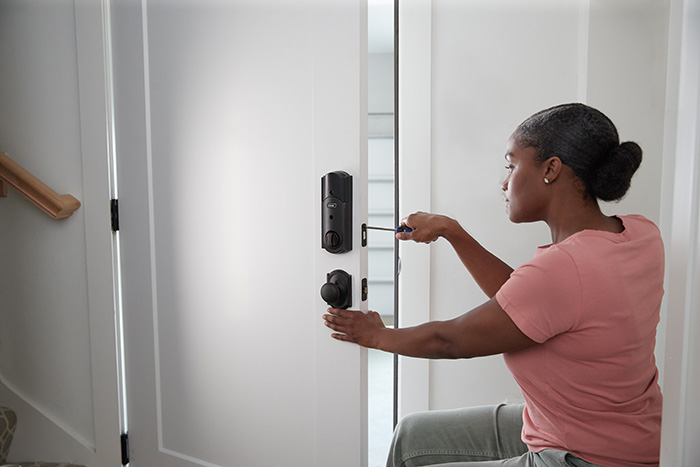
Replacing door locks
The top reason to replace door locks is security. If you've moved into a new home or lost your keys, your property will be at risk until you've updated your locking hardware. Do you have personal staff like housekeepers, nannies, or assistants? Play it safe and replace your locks any time you let a home worker go.
Security also goes hand in hand with functionality. A lock that's visibly damaged or not latching securely is more than just an annoyance, it could be on the verge of failure. These days, it’s also worth updating just to enjoy the convenience of modern smart technology. Imagine the advantages of having a smart lock that opens with a code and connects with home apps via Wi-Fi.
If you have decades-old door locks that lack features or don't match with recent renovations, it's time for an upgrade. Schlage provides innovative security solutions that are convenient, reliable, and easy to install. As long as you have a screwdriver, it’s simple to change a door lock. Find out more from our how-to center.
Replacing grout
Distinguishing between grout that's damaged or simply dirty can be tricky. If your grout is discolored but has no visible abrasions, all you need is a deep cleaning. However, it's time for a replacement if you see cracks, crumbles, or small holes that can let water seep down to your subfloor.
You should also replace grout if you notice mold or mildew stains. While everyday stains will generally have a brownish color, mold will be more of a black, red, or green color.
Luckily, you can restore grout (rather than a full replacement) if the damage is confined to a small area. If you notice cracks returning soon after a repair, however, you could have a problem with your subfloor or tile adhesive. That's when it's time to call in a professional.
Replacing rugs and carpeting
Rugs and carpets have a habit of overstaying their welcome. While the max lifespan is 10-15 years, we tend to keep them past this expiration date. This leads to dingy carpeting that's overloaded with allergens and stains.
If you're unsure how old your carpets are, first opt for a professional cleaning. Take note of how the carpeting looks and smells afterward. If stains and odors remain, then it's time for a replacement. Extra scrubbing and cleaning chemicals will only damage the fibers more at that point.
Even if you're not noticing any unpleasant smells or allergies, replace your rug if it has visible wear and tear. Keep an eye out for excess fraying or burn marks in high traffic areas in front of doors and hallways.
Replacing sofas or lounge chairs
A good couch or lounge chair should provide a comfy amount of give for sitting. When the cushions start sagging to the point where lumbar support is lacking, it's time to replace. You should also consider updating your sofas if you notice creaking sounds when you sit. The noise could indicate that there is a problem with the frame or joints.
The average sofa should last 7-15 years. While we often get sentimental with our favorite furniture, family members will thank you for replacing your old lounge chair before the fabric gets too tattered or stained.
Another good time to replace your sofa is after a move or renovation. To get the most out of your new space, you'll need furniture that fits with the design scheme. For home style tips, check out our Design & Trends blogs.
Replacing windows
Have you noticed your energy bill creeping up higher than normal during the hot and cold seasons? Before replacing your HVAC system, inspect your windows for leaks that are wasting conditioned air. Telltale signs include wind drafts and condensation forming inside the window.
Of course, you should also replace any window with visible cracks or glass damage. These windows could be on the verge of breaking completely, which could lead to bigger water, mildew, and security issues.
If it has become tough to open or close your windows, that’s another sign it's time for a replacement. You might also want an update to take advantage of modern window features, which include better sound dampening and UV protection.
Replacing old doors
Most people won't think about replacing a door until they have trouble opening or closing it. In these cases, simply updating the hinges could solve the problem. However, you may consider a full replacement if you notice cracking, peeling, and warping.
Depending on your climate, an exterior door should last around 30 years before a replacement is necessary. You'll know it's time for an upgrade if the door makes the rest of the home uncomfortable. We're talking doors that are drafty, open or shut too hard, or let in too much outdoor sound.
It's also important to remember that doors play a major role in home security. If a door fails to shut snugly, it will be easier to break down. For more peace of mind, consider upgrading to a fiberglass or vinyl door with an electronic deadbolt.
Replacing hard flooring
When it comes to flooring, replacement time depends on the material. For instance, laminate flooring may last anywhere from 15 to 25 years depending on quality and wear. You'll know it's ready for replacement when you notice peeling caused by failing adhesive.
Tile flooring will be at the end of its life when you see constant cracking. If you have low-quality tile, you'll get about 20 years of service. A high-quality tile product can last as long as 50 years.
The lifespan of wood flooring also varies based on quality. A low-quality wood flooring will probably last for about 20 to 30 years. If you invest in a high-quality wood floor, you can expect to go 80 years or more before needing a full upgrade. In the meantime, you can simply sand down the wood and refinish whenever too many scratches form.
Replacing toilets
If you find yourself taking a plunger to a toilet at least once a week, it's time for an upgrade. You may enjoy a few more years of service with simple ballcock or flush valve repairs. However, excessive replacement parts are another sign that it’s time for a new toilet. For instance, if you have to replace the handle, fill valve, and flapper, then just get a new toilet.
Another red flag is a crack in the porcelain. Even if you don't notice any leaks coming from the crack, this could be a sign that a full break is coming.
It's also worthwhile to update your toilet to save water. Modern low-flush toilets use less than 2 gallons of water per flush, which is a major improvement over the 3- and 5-gallon toilets of yesteryear. Replacement will help you save on water bills while being environmentally friendly.
Avoid expensive household repairs
To keep your home protected and avoid expensive repairs, it's important to replace household items before they start to fail or become completely outdated. Check out the Schlage blog for more home design and DIY tips.





